ENI is developing technologies to store captured CO2 into olivine, a mineral that is available. Holcim Innovation Center will explore the use of carbonated olivine as a low emission raw material to make green cement.
The technology has the potential of being highly scalable and it would enable transforming CO2 into building materials that are sustainable.
According to studies, cement production accounts for 8% of global carbon dioxide emissions. For every ton of cement, 900 kg of CO2 are generated into the atmosphere.
“The world needs transformational technologies to accelerate our transition to net zero. With the storage of CO2 in new minerals like olivine, we are expanding our range of green cement solutions, to make sustainable construction a reality around the world, while reducing the footprint of our operations. Our work with Eni is in line with our open innovation ecosystem, partnering with like-minded organizations, from startups to multinationals, to make a bigger difference together.”, says Edelio Bermejo, Head of Holcim Innovation Center.
“Innovation and technological development are the strategic keys to successfully tackling the challenge of the energy transition, for this we are delighted about this collaboration, which will leverage Eni’s R&D expertise and Holcim’s experience. This technology allows us to accelerate on our path towards decarbonization, by providing a suitable solution for the hard-to-abate sectors.”, says Monica Spada, Head of Research & Technological Innovation at ENI.
Holcim has invested last year in green cement in Romania and Germany, that has 40% less emissions than traditional cement. The range of green cement is called ECOPact.
 Vlad Andriescu
Vlad Andriescu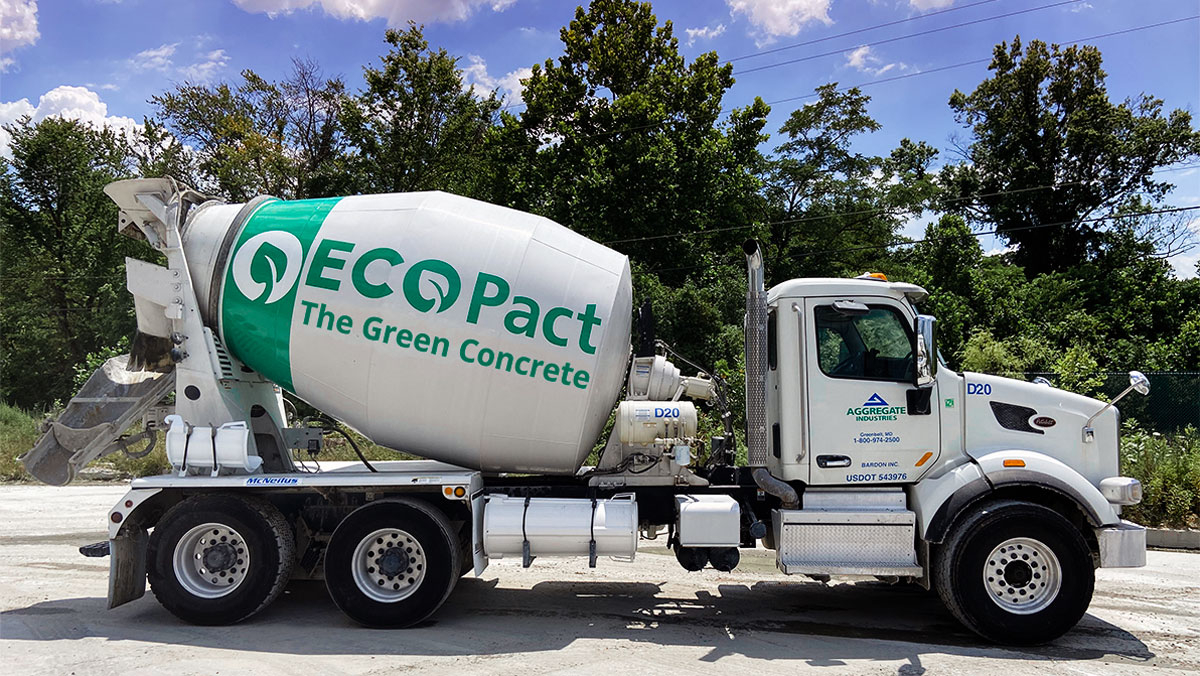

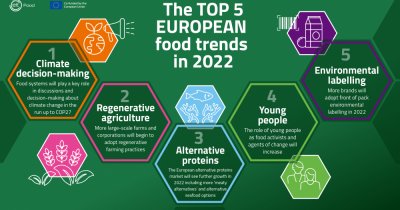


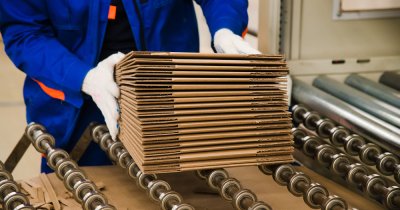



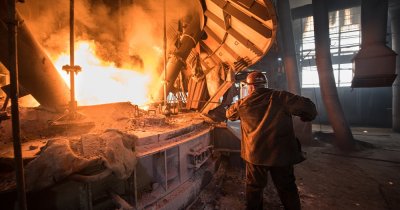
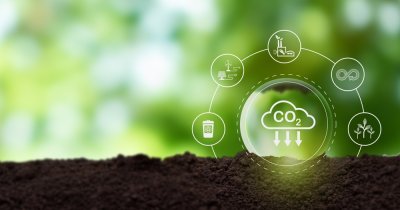


Any thoughts?